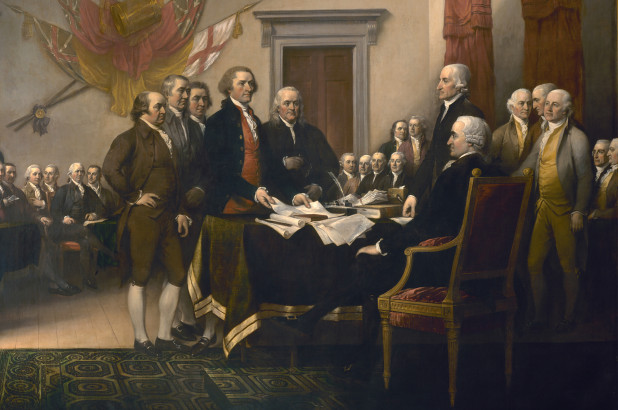
It’s the old adage – don’t work harder, work smarter. This especially applies to content developers.
With the endless demand of taking products to market that meet specific needs of the customer, there’s never been more of a demand for documentation that helps the customer solve problems, save time and prevent operations downtime. I’ve never met a product developer that wants to be a wrench in the works; and let’s face it, documentation in some form is almost always part of the overall deliverable.
The fact of the matter is technical documentation content creators don’t start from scratch every time. If you’re currently doing this, read on!
To keep from re-inventing the content wheel each time with every new document, here are a few tips to break free of old thinking:
- Think about what written content already exists, and plan around what you already have.
- Your documentation isn’t your own (it’s the company’s property), and it doesn’t need restated different ways to convey the same message.
- Re-stating the same message different ways isn’t uniqueness – it’s duplication.
- With good content planning, you’ll see the advantages of content re-use.
If you are re-using a lot of content, structured authoring can provide:
- Content in small re-usable chunks called topics
- Less of a need for edits because smaller topics often require less maintenance
- A depository of pre-prepared content, which is an organizational asset
- A design to the content (structure) that is built around a planned model
There are concrete reasons why structured authoring is better than a simple cut and paste into a word processing document:
- Your organization may have plans for documentation beyond the writer’s expectation. Remember that it’s not the writer that determines how the content is used long term. Content developers should ready themselves to provide a content management system that can piece together documentation as the organization’s needs evolve.
- Remember that every piece of content exists within a reusable context. Messages are built by associating contexts. These are the building blocks of relevant documentation.
- Structured content is sharable among work groups and others both within – and outside – the organization. It creates an easy to use, common format.
Best of all, stored content is searchable and can be recalled easily. By recalling re-authored content, writers can use topics like building blocks to create documentation. Perhaps the greatest contribution any employee can provide an organization is efficiency, and structured authoring offers us that opportunity.



 Jeepers it’s the Creeper! You know – that uncontrolled growth in a project’s scope that spreads like a virus long after project objectives have been defined and agreed upon. There are ways to avoid going down the rabbit hole and getting documentation off track.
Jeepers it’s the Creeper! You know – that uncontrolled growth in a project’s scope that spreads like a virus long after project objectives have been defined and agreed upon. There are ways to avoid going down the rabbit hole and getting documentation off track.

